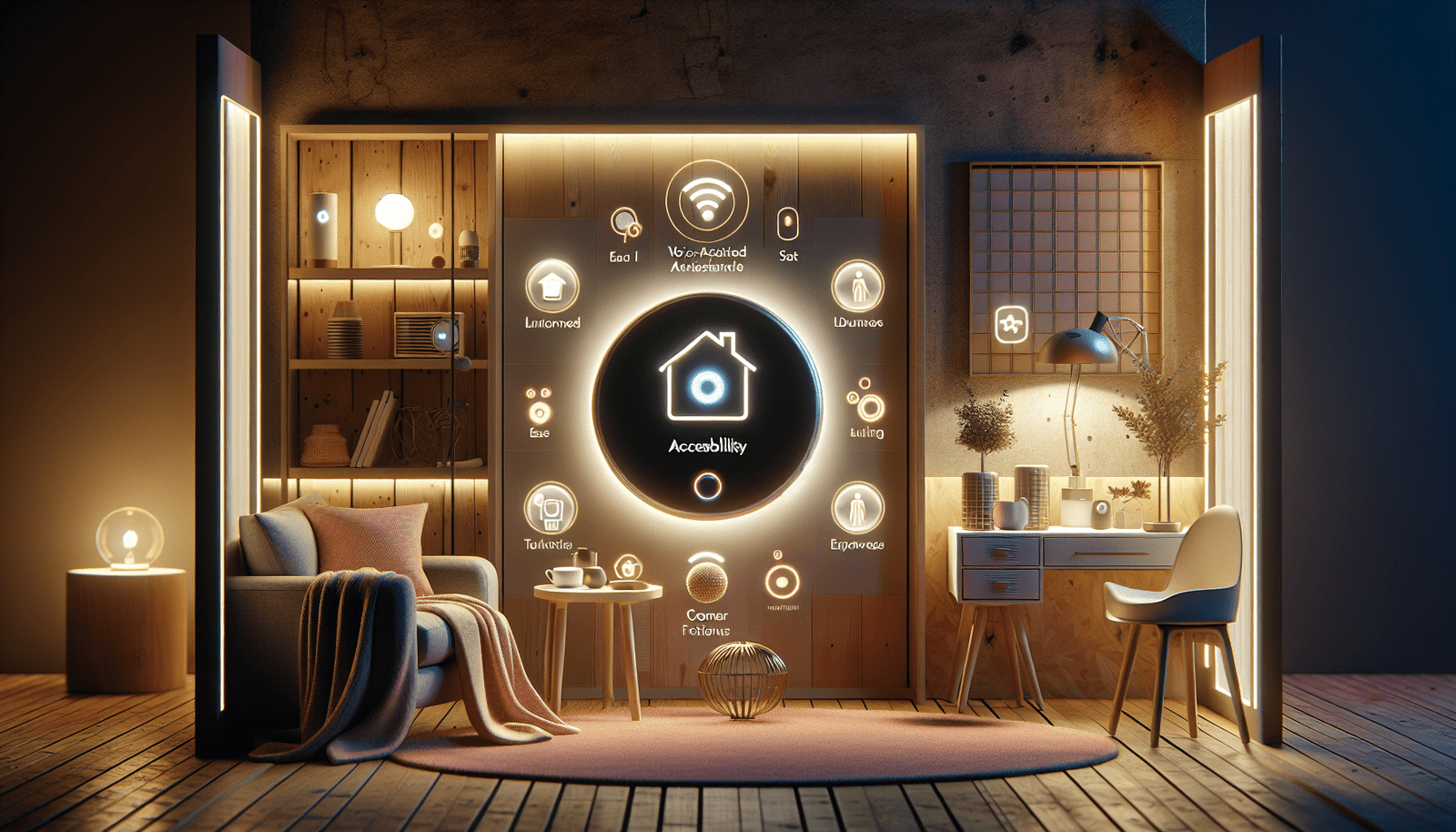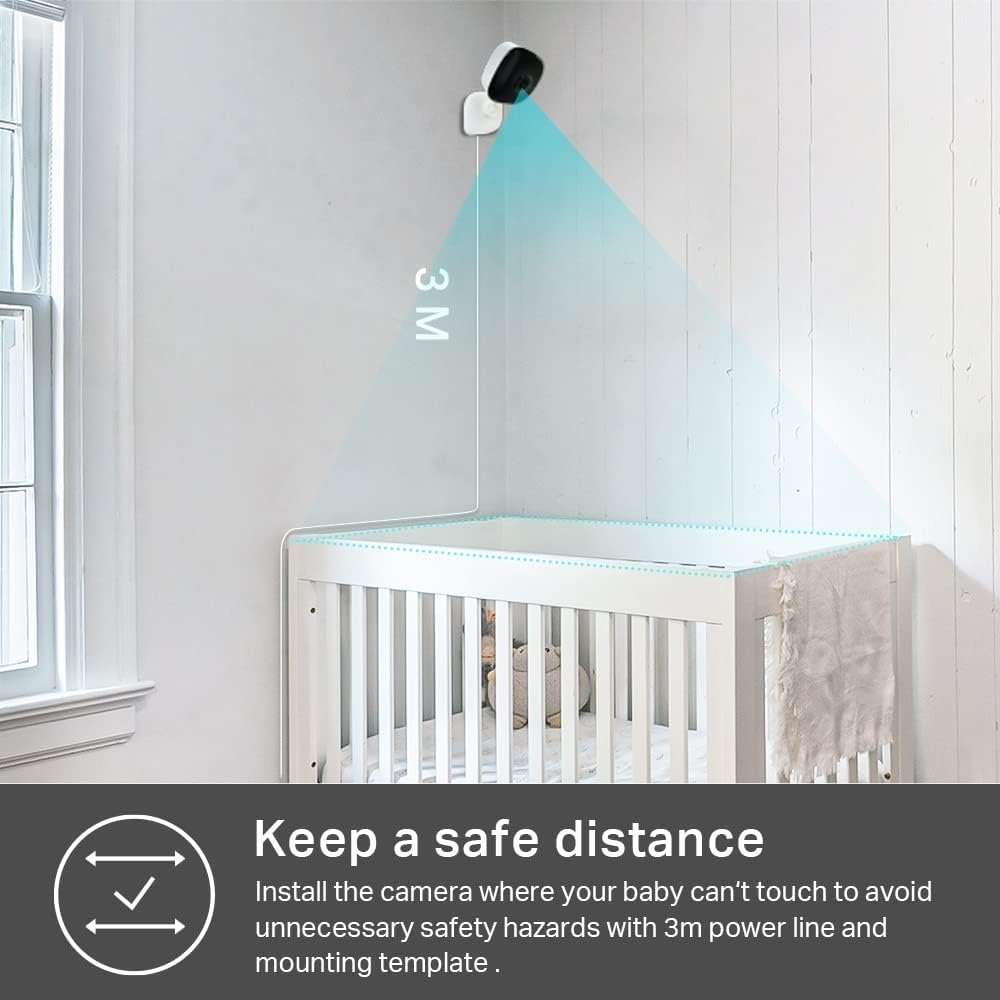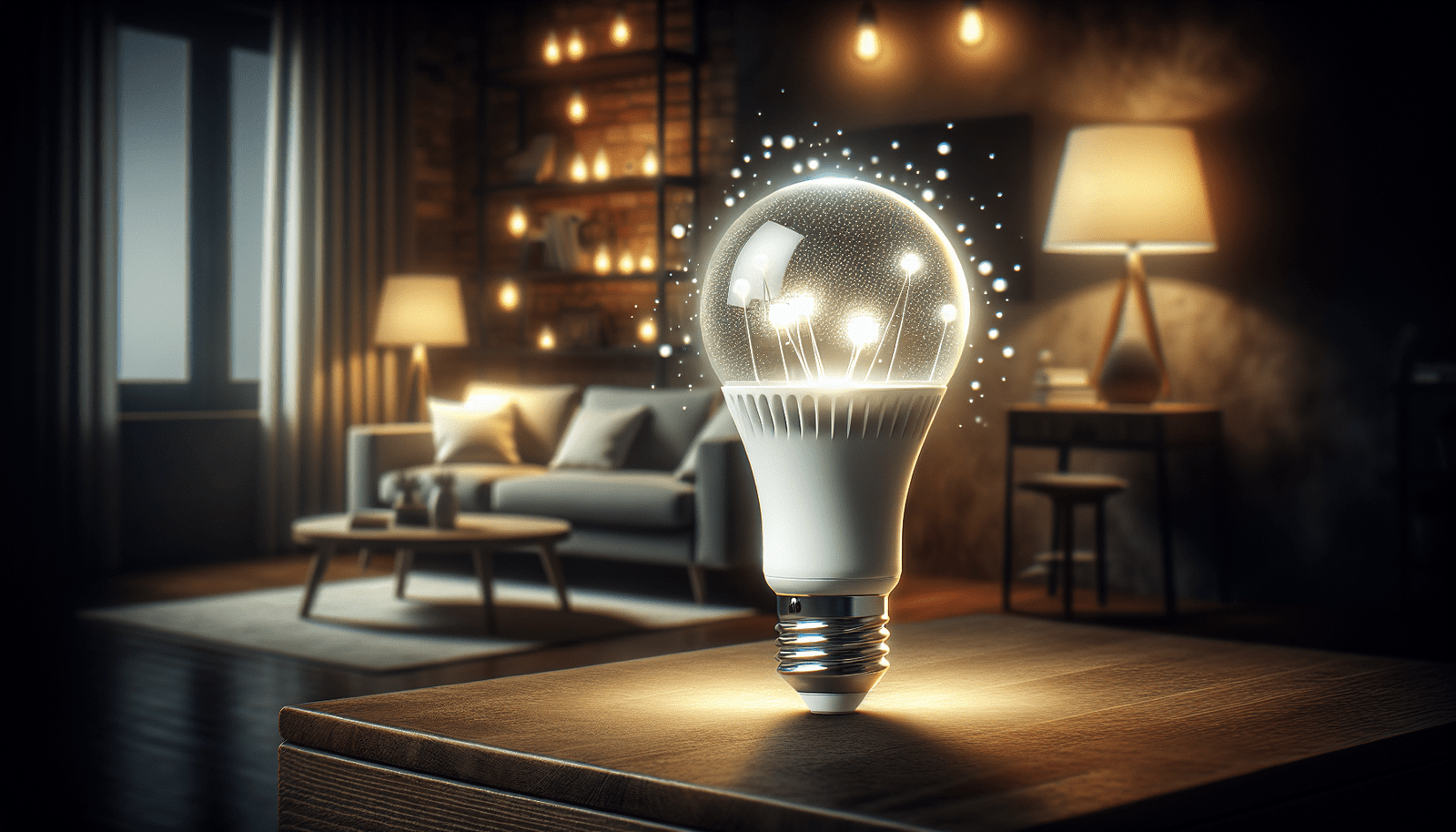Have you ever wondered how smart home technology could be a game changer for people with disabilities? As devices become more advanced and ubiquitous, the potential for improving the quality of life through smart home solutions is remarkable. These technologies offer more than convenience; they foster independence and enrich daily living.
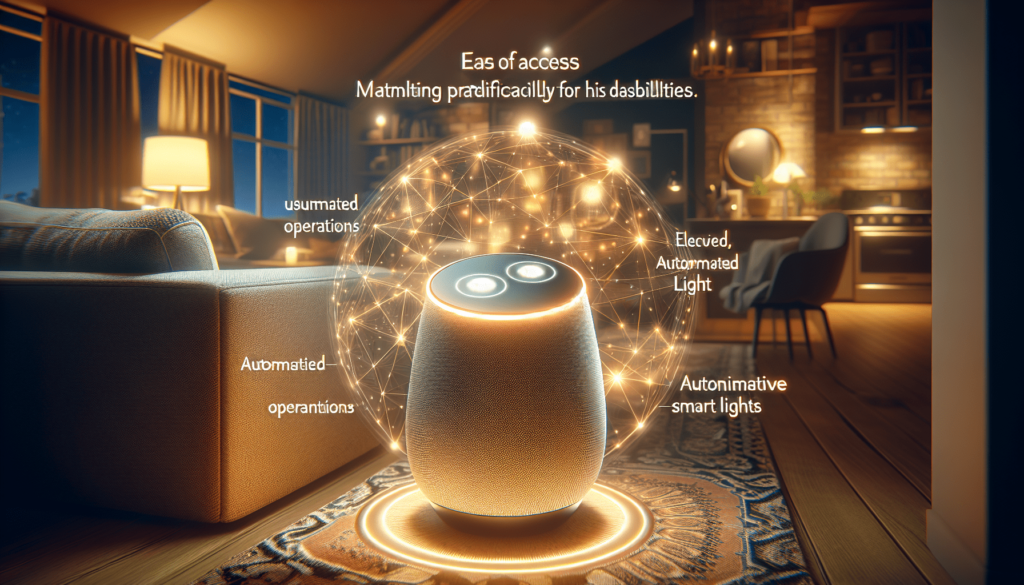
Understanding Smart Home Technology
At its core, smart home technology refers to a network of internet-connected devices that can be controlled remotely. These gadgets, connected through platforms like smartphone apps or voice assistants, are designed to automate tasks within the home, offering solutions that range from adjusting the thermostat to securing doors.
Devices Making Homes “Smart”
Smart home devices vary widely, including smart lights, thermostats, security cameras, door locks, and speakers. Each of these devices is engineered to offer ease of operation, energy savings, or enhanced security. Voice-controlled assistants such as Amazon Alexa, Google Assistant, and Apple’s Siri serve as central hubs, making them especially beneficial for those who may have physical limitations.
The Essentials of Smart Home Living
For people seeking enhanced accessibility and convenience, smart homes promise significant improvements. By automating repetitive tasks and assisting with necessary functions, these systems cater not only to abled individuals but also customize environments to suit those with disabilities.
Cost and Value Considerations
Investing in smart home technology involves upfront costs, which might include purchasing devices and any necessary installation services. However, many find that these investments pay off over time.
Installation Costs and Initial Investments
Initial costs can vary significantly depending on the complexity and brand of the devices. Basic gadgets like smart plugs or light bulbs may cost just tens of dollars, while more comprehensive solutions like security systems or specialized adaptive technology can run into the hundreds or even thousands.
Long-Term Savings and ROI
A key benefit of smart home devices is their potential for long-term savings. For instance, smart thermostats optimize energy usage, significantly reducing utility expenses. Additionally, these devices can increase the resale value of a property, which is a vital factor for homeowners and real estate investors alike.
Comparing Devices: Features and Benefits
Not all smart home devices are created equal. Understanding their features and limitations is crucial when selecting the right elements for a smart home ecosystem, especially for those with specific needs.
Real-World Use Cases
Consider John, a homeowner with a physical disability that restricts his movement. With the use of smart door locks and lights, John can control various aspects of his home through voice commands, making his home more convenient and safe.
Different Solutions for Different Needs
Depending on the requirement, disabled individuals might benefit from tools like smart blinds, which adjust lighting with minimal effort, or specialized devices like smart wheelchairs that integrate with home automation systems. Comparing products based on ease of use, compatibility, and user testimonials can offer clear direction.
Practical Setup Guides for Smart Integration
Setting up a smart home can initially seem daunting, especially to those unfamiliar with technology. However, many manufacturers offer user-friendly guides, and numerous online resources are specifically aimed at making the process as seamless as possible.
Step-by-Step Installation
For a basic installation, begin with a single device, such as a smart bulb, that’s easy to integrate.
- Download the associated app on your smartphone.
- Follow prompts to connect your device to your Wi-Fi network.
- Test the device using your phone or a voice assistant to ensure it’s operating correctly.
Gradually expand your network, ensuring each device is correctly linked. For more complex systems like security cameras or smart thermostats, consulting professional installers can be wise.
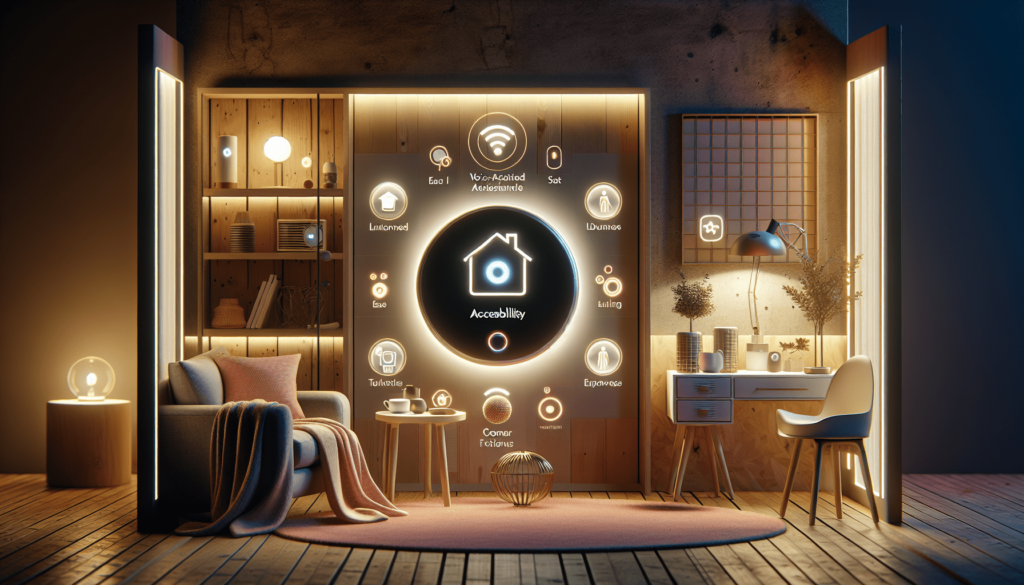
Enhancing Security and Privacy
Smart home technology enhances convenience but also prompts considerations about security and privacy.
Addressing Potential Risks
The primary security threat in smart homes comes from hacking. Safeguarding devices with strong passwords and regularly updating firmware can minimize vulnerabilities.
Safety Features and Best Practices
Most smart devices come with built-in safety measures, such as encryption and two-factor authentication. It is crucial to enable these features and regularly review security settings to maintain privacy and control over your smart ecosystem.
Emphasizing Energy Efficiency and Sustainability
An increasingly important benefit of smart home technology is its contribution to energy efficiency and sustainable living.
Reducing Energy Consumption
Smart thermostats adjust heating and cooling based on occupancy and weather predictions to minimize energy wastage. Similarly, smart lighting systems turn off automatically when a room is unoccupied, further conserving resources.
Long-Term Environmental Benefits
Besides saving on energy bills, smart home devices reduce the overall carbon footprint of your home. For eco-conscious consumers, this feature offers peace of mind that they are contributing to environmental sustainability.
Ensuring Compatibility and Connectivity
Modern smart devices are designed for interconnectivity. However, ensuring compatibility among diverse devices remains a concern.
Interaction with Platforms and Hubs
Devices must not only connect to one another but also work with the hub or platform you choose, such as Google Assistant, Amazon Echo, or Apple HomeKit. Researching which ecosystems best suit your existing technology and personal preferences ensures smoother integration.
Voice Assistants and System Integration
Voice-activated controls are invaluable, particularly for people with disabilities. When setting up systems, prioritize devices with robust support for voice commands, ensuring seamless operation across all components.
Future-Proofing and Innovation
With rapid advancements in technology, smart homes today might seem basic compared to those a decade from now. Future-proofing involves selecting devices ready to adapt to technological changes and innovations.
Emerging Trends in Smart Technology
Developments such as AI-driven home automation, advanced machine learning algorithms, and expanded Internet-of-Things (IoT) integration suggest that smart homes will become even more autonomous and context-aware, enhancing their utility for all users, especially those requiring adaptive technologies.
Preparing for the Future
Opting for modular systems allows for easy upgrades and scaling. Staying informed about smart technology trends empowers you to make educated decisions and prepare your home for future enhancements without substantial additional costs.
Assessing Smart Home Investments
Determining whether smart home technologies align with your needs involves evaluating numerous factors, including cost, ease of use, and potential benefits.
Meeting Personal Needs and Budgets
Create a list of must-have features to prioritize your needs. Considerations such as improved accessibility, security enhancements, and energy savings help guide decision-making. Balancing upfront costs with long-term benefits ensures that smart integrations are both practical and financially sound.
Cost-Benefit Analysis
Performing a cost-benefit analysis helps identify which smart devices offer the best value. While some devices demand substantial investments, their potential for saving time, energy, and providing security can justify the expense.
Addressing Common Questions and Misconceptions
The concept of smart homes can sometimes be misunderstood. Addressing common concerns and clarifying misconceptions ensures informed choices and optimized experiences.
Dispelling Misconceptions
Some believe smart technology is excessively complex or only beneficial for tech-savvy individuals. Parents, elderly users, and disabled people regularly report smart devices simplifying and enhancing their home’s functionality.
Clarifying Benefits and Limitations
While smart homes offer numerous benefits, they are not without limitations. Prioritize understanding each device’s capabilities and constraints, ensuring realistic expectations while leveraging available technology.
In this fast-evolving landscape, the potential for smart homes to redefine living for people with disabilities is vast. With thoughtful investments and careful planning, these technologies can foster a world where accessibility and independence are just a voice command away. Balancing the initial investments against the remarkable improvements in quality of life provides a compelling case for embracing smart home innovation.
